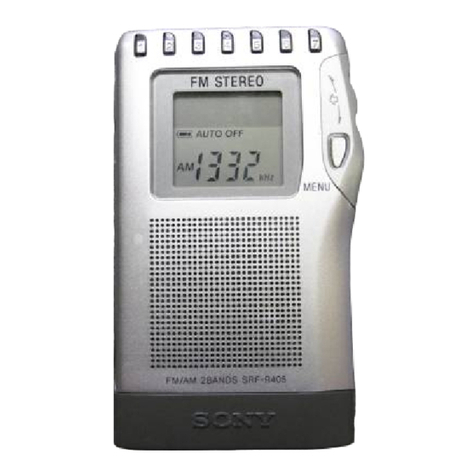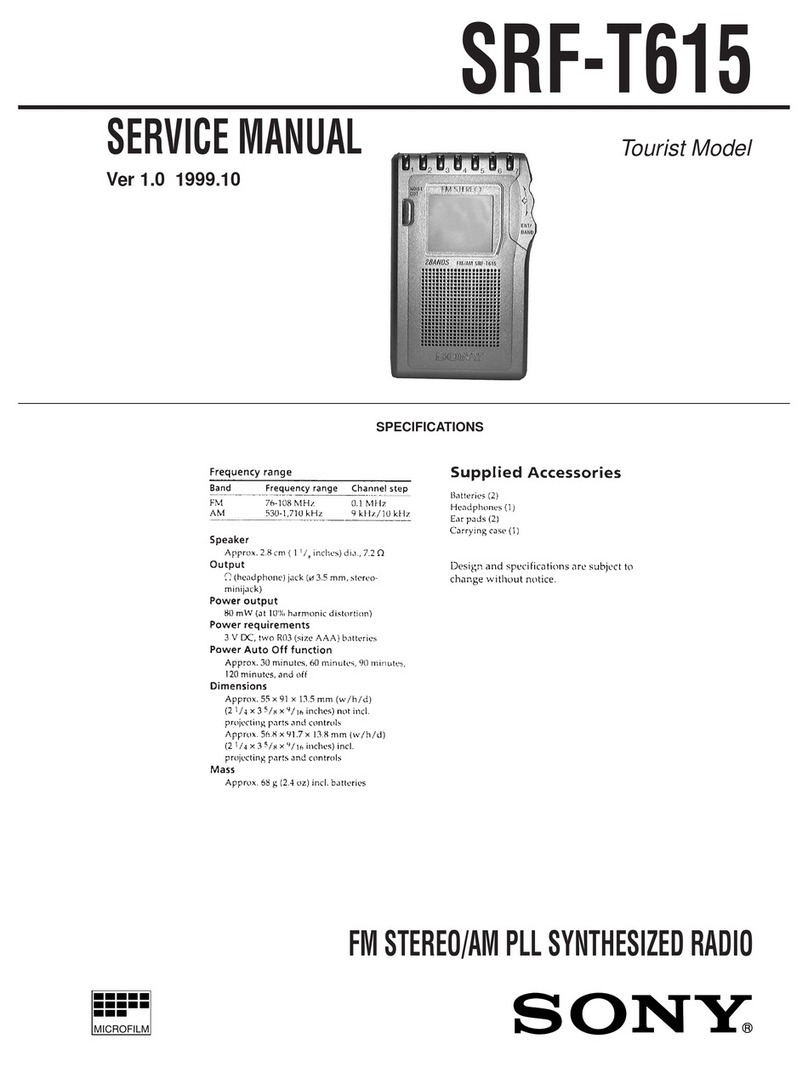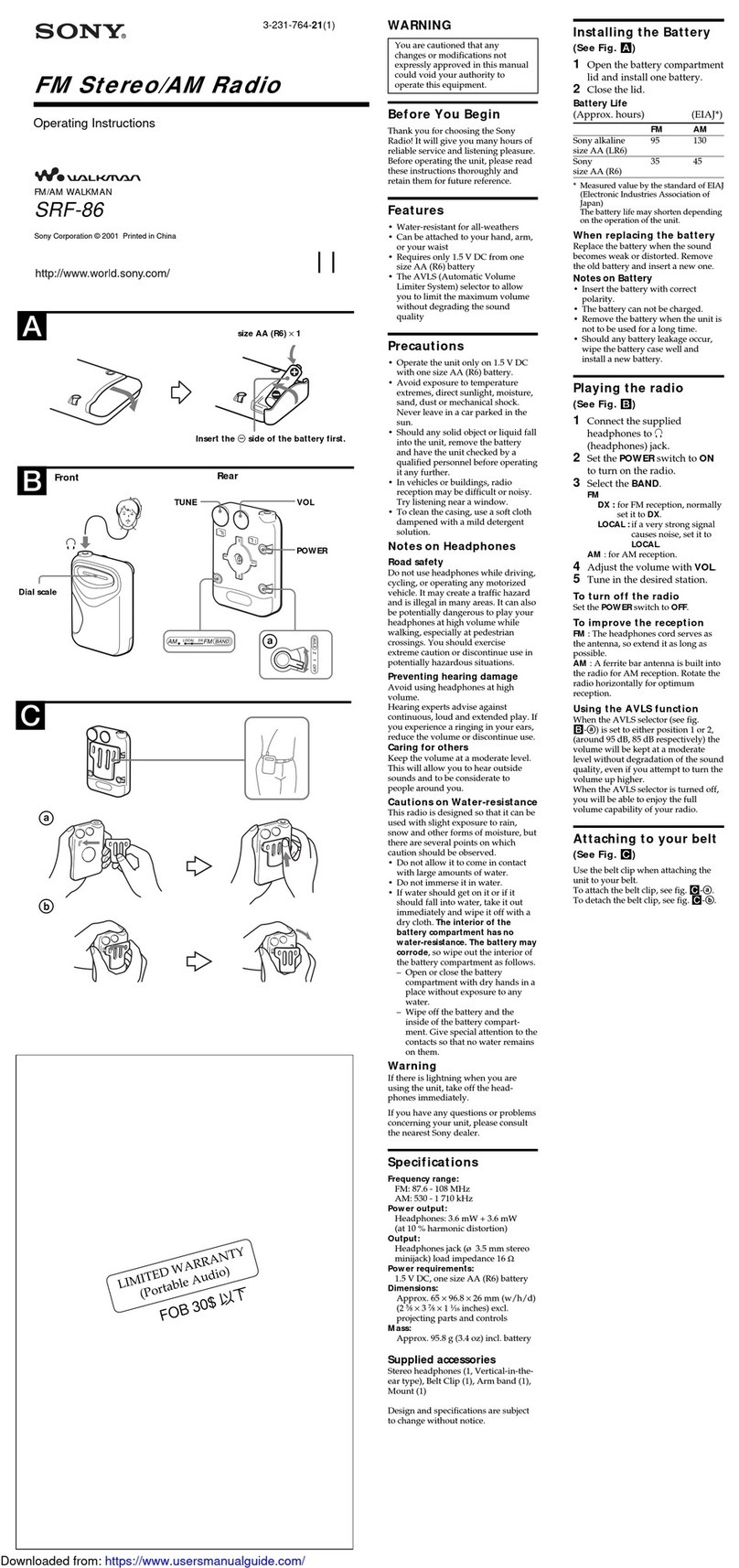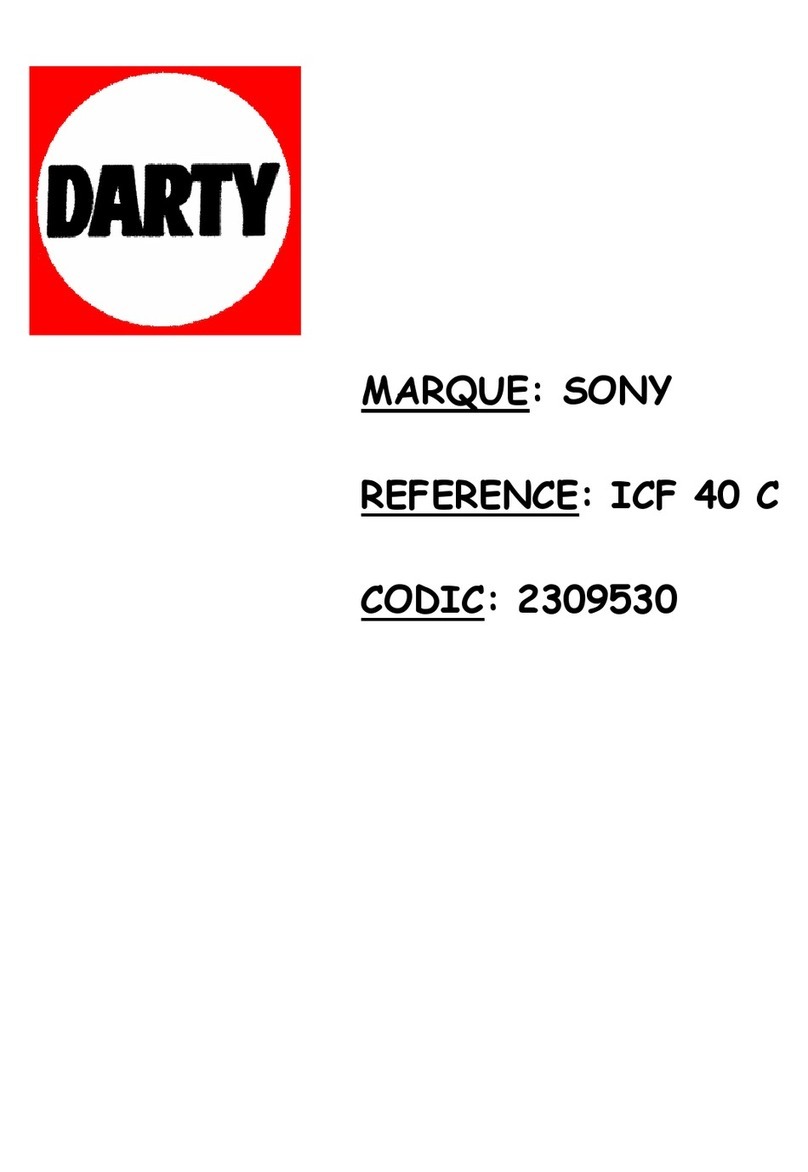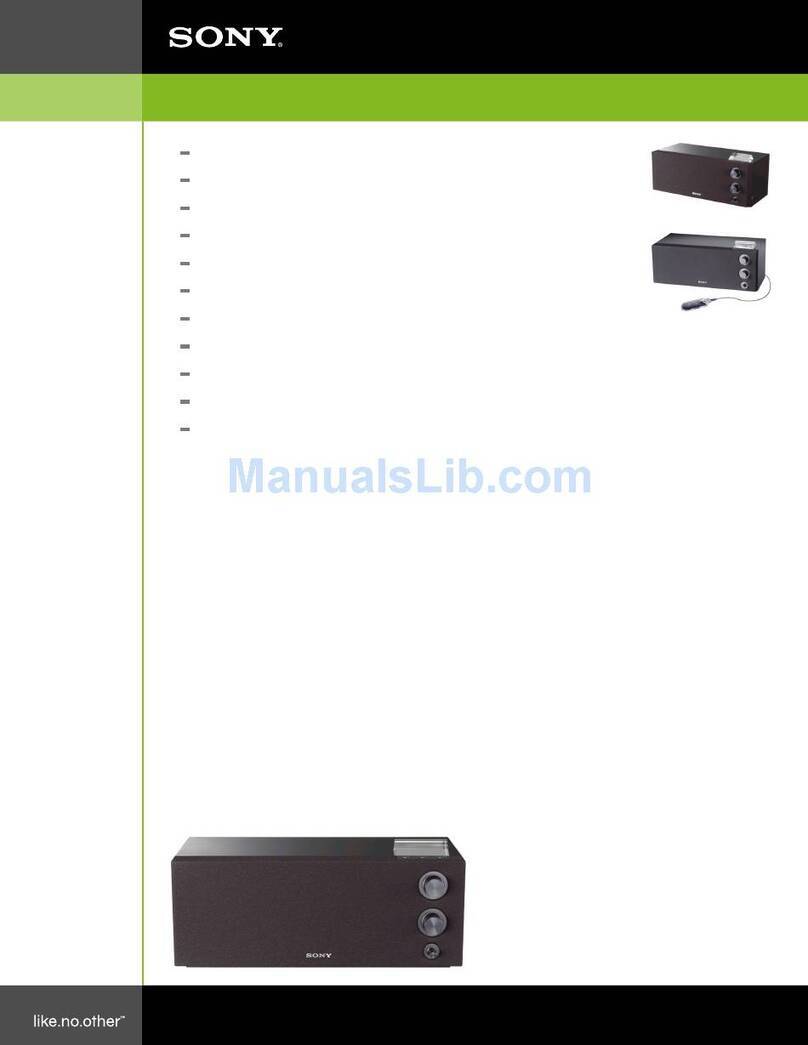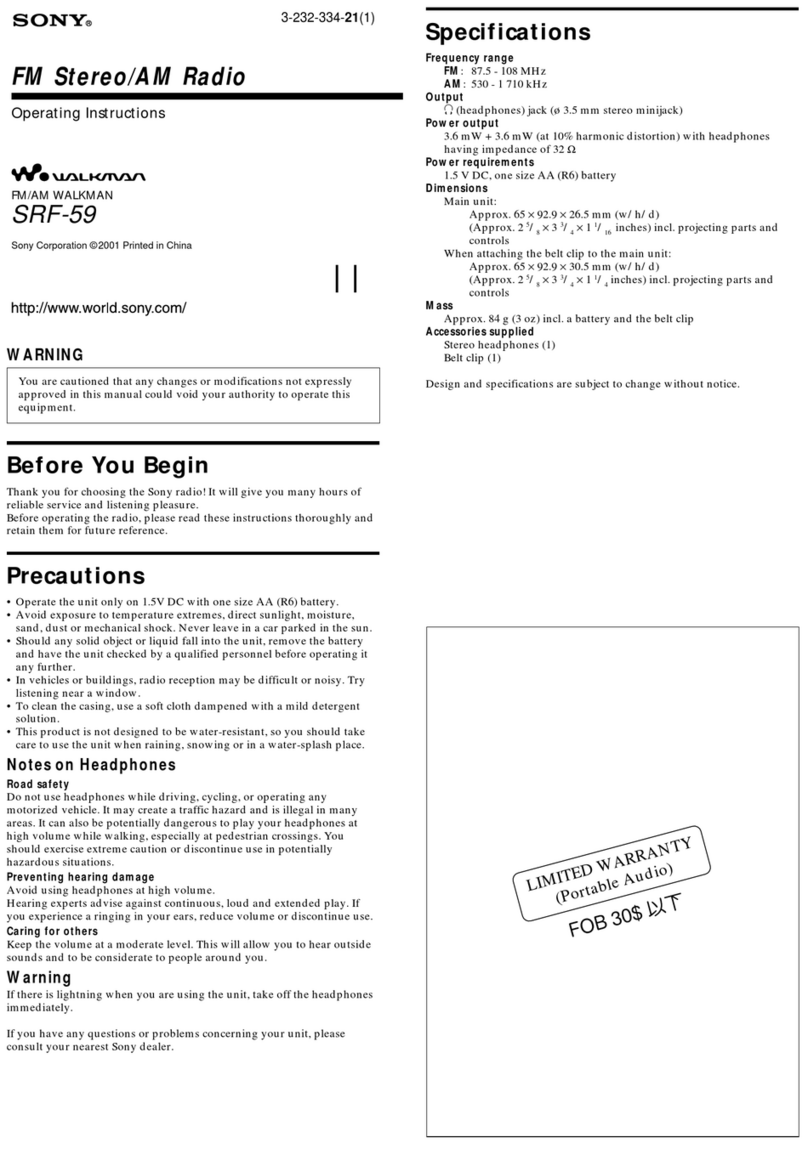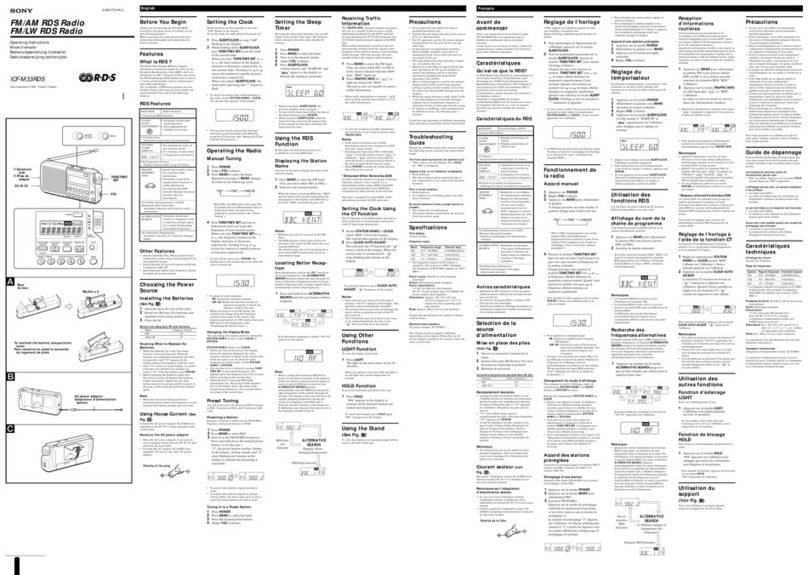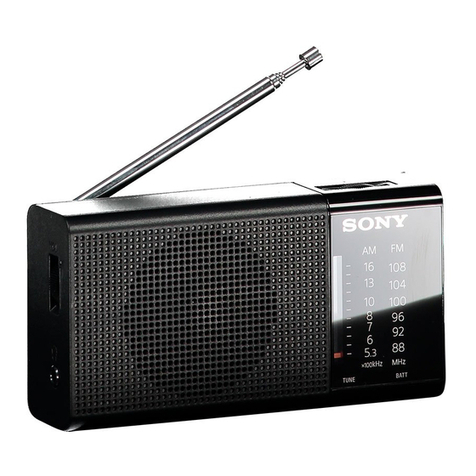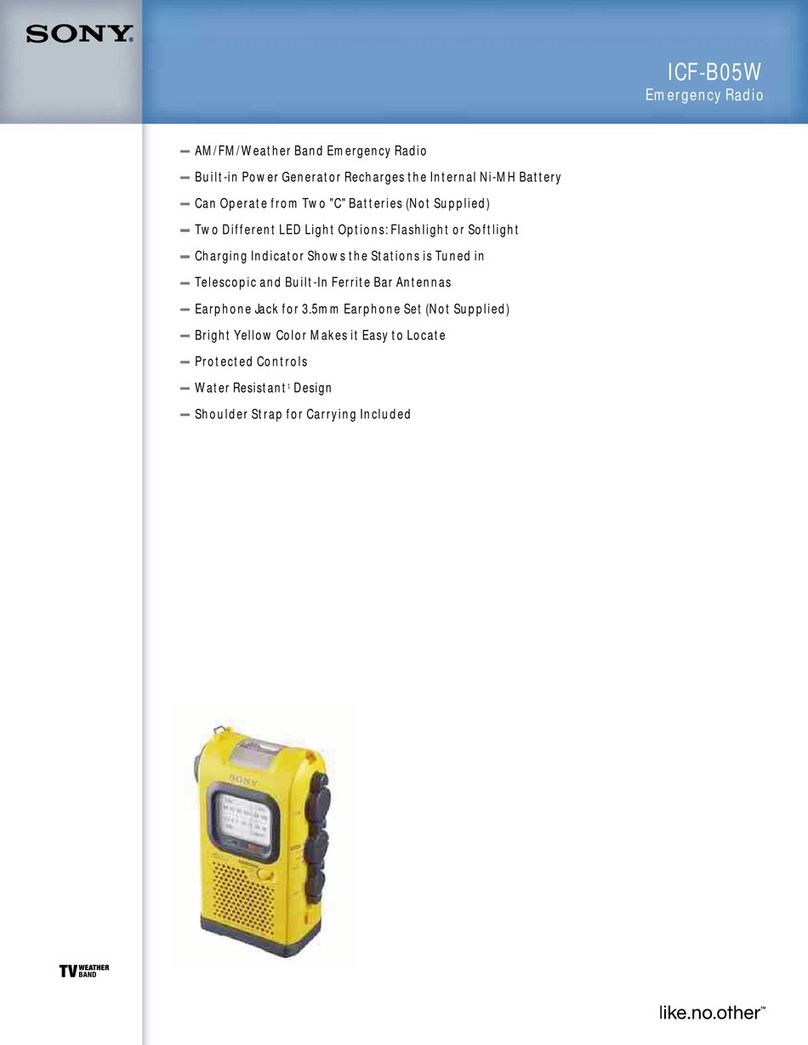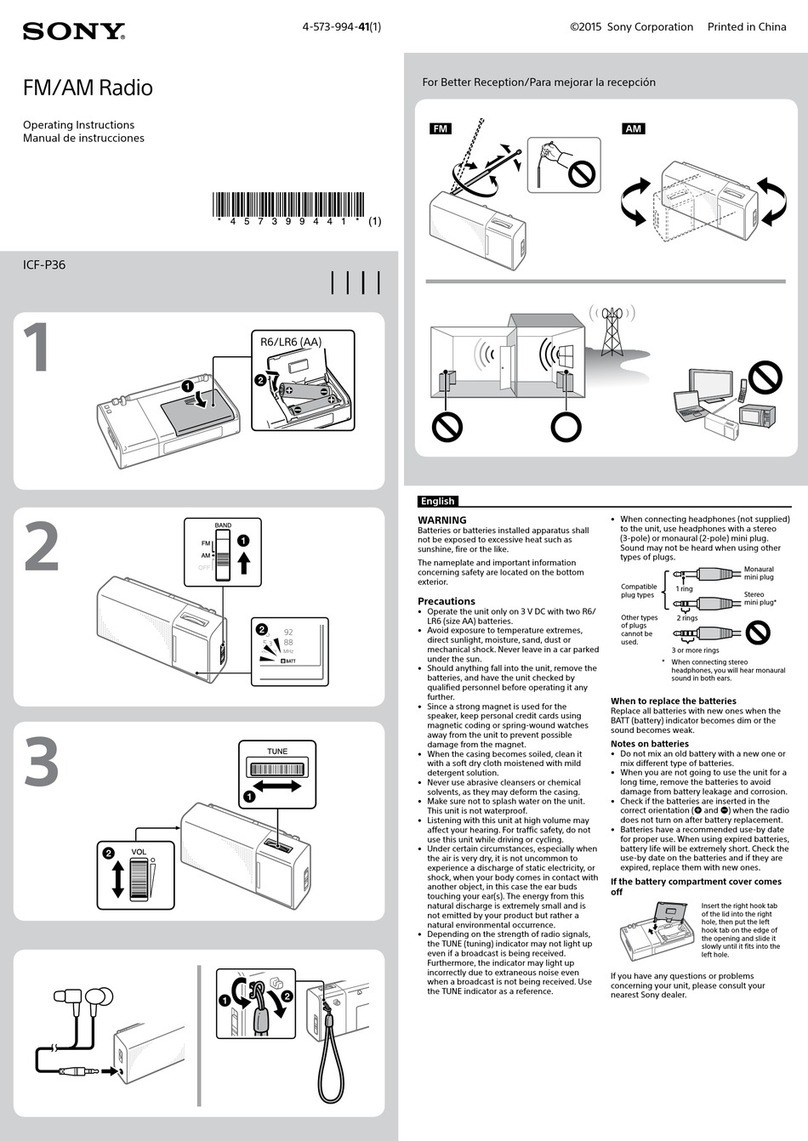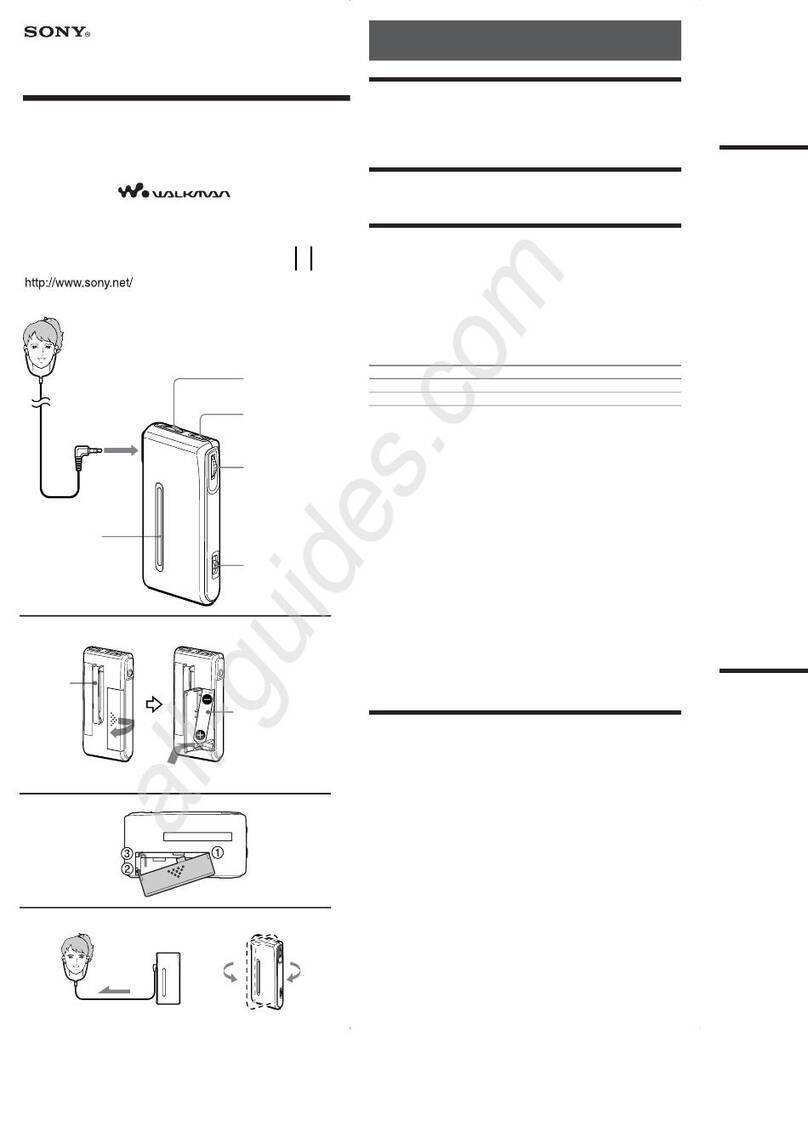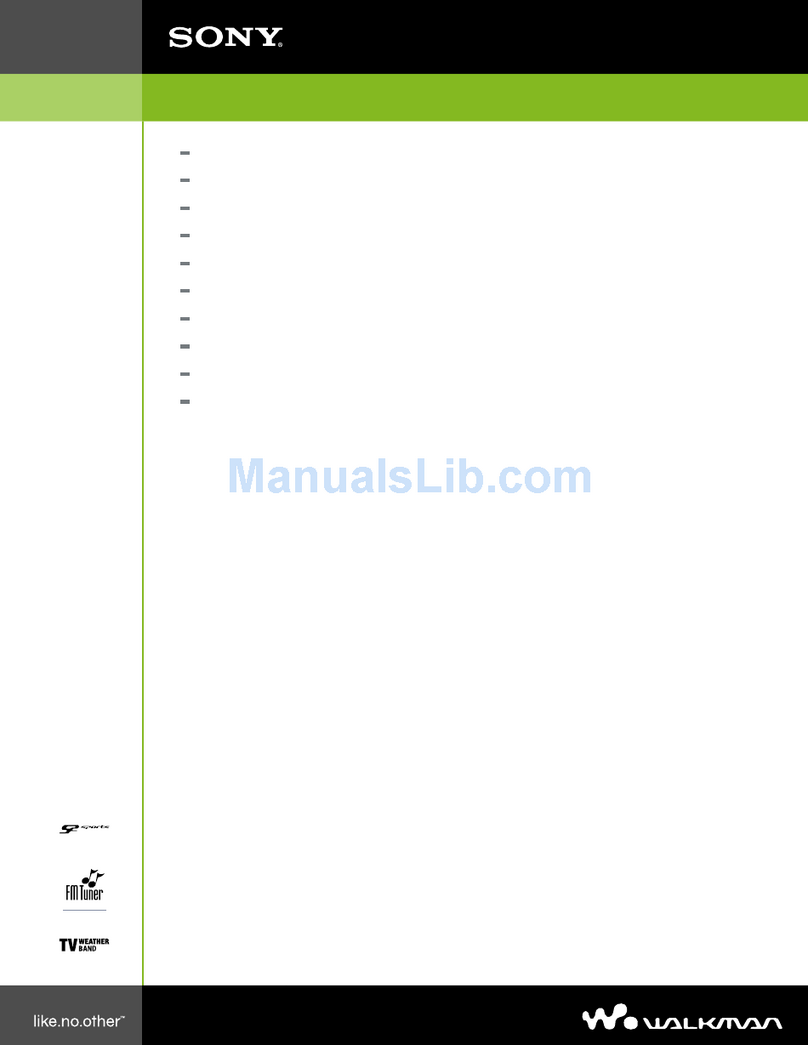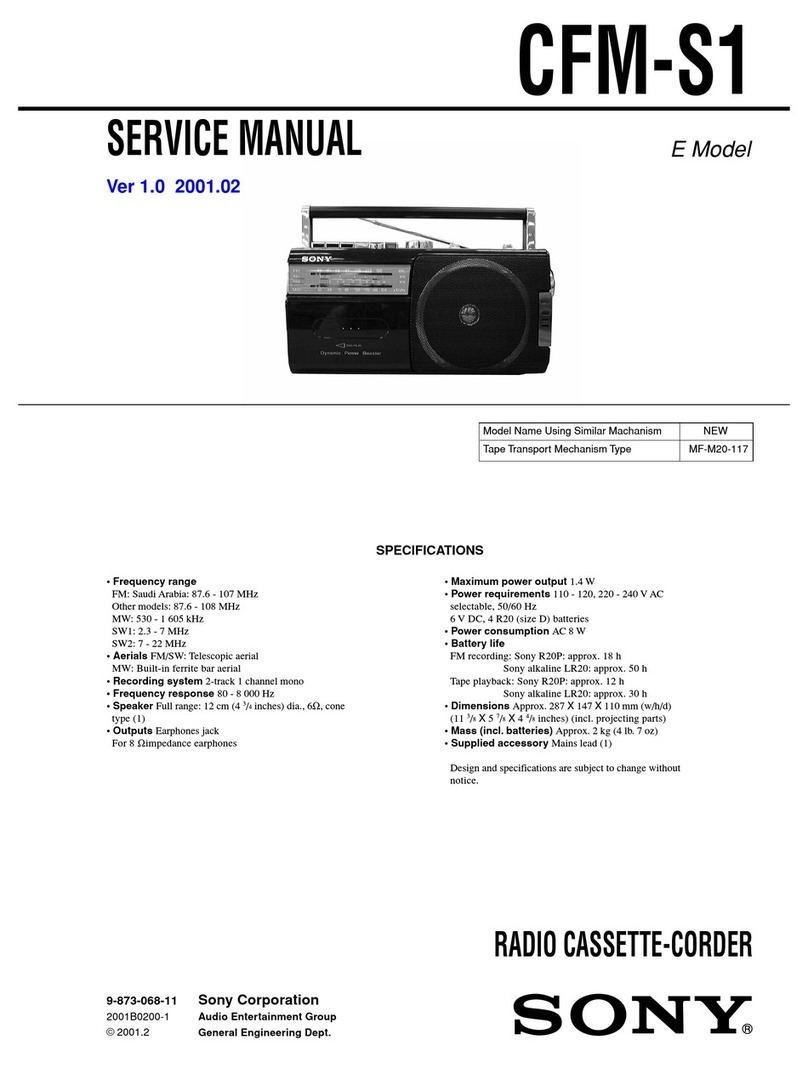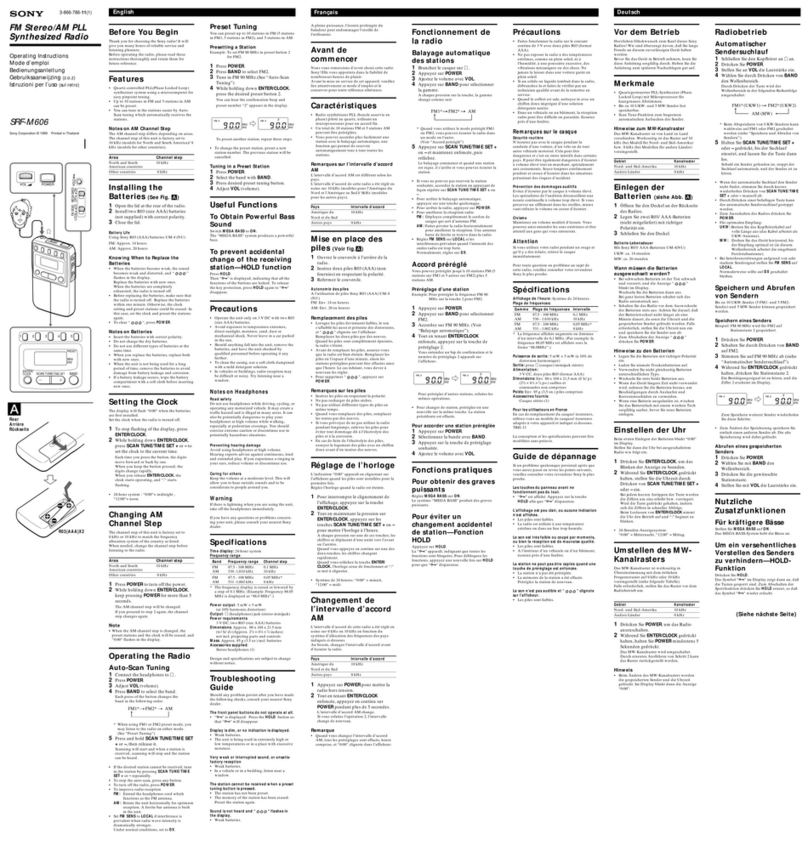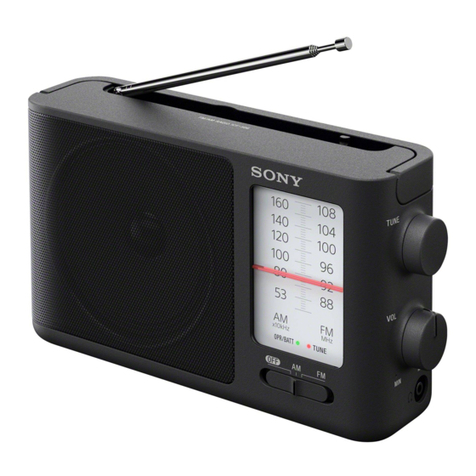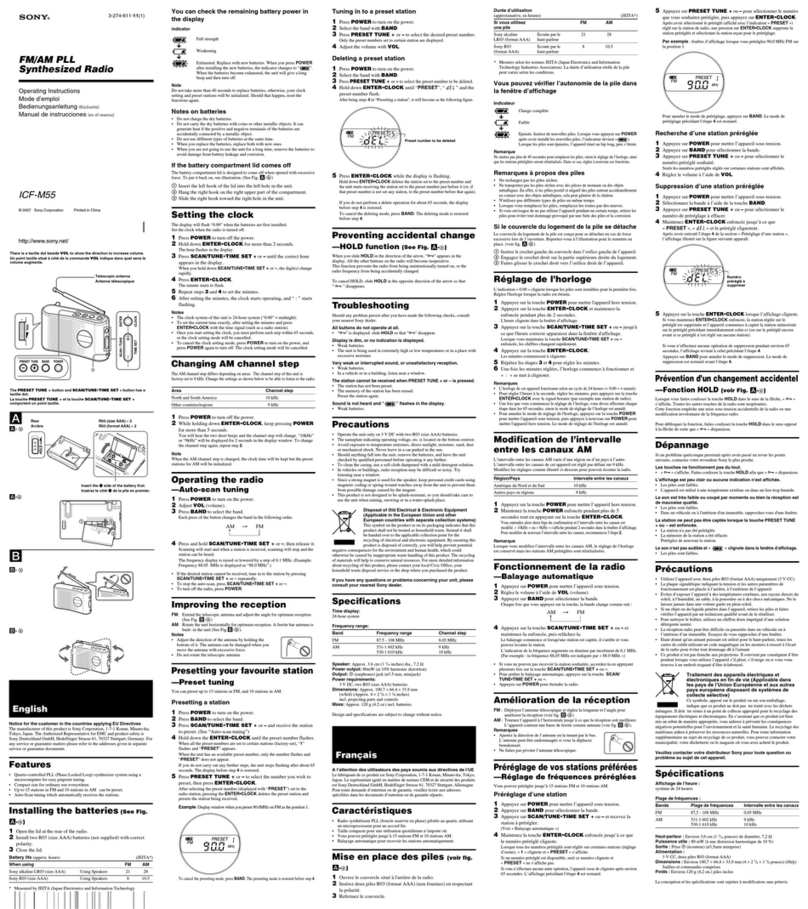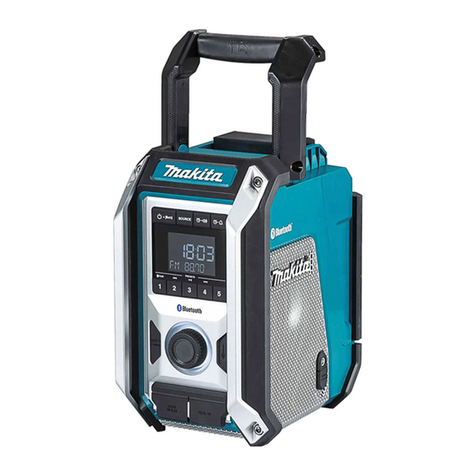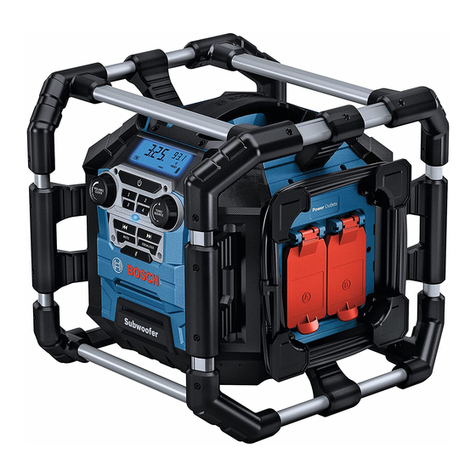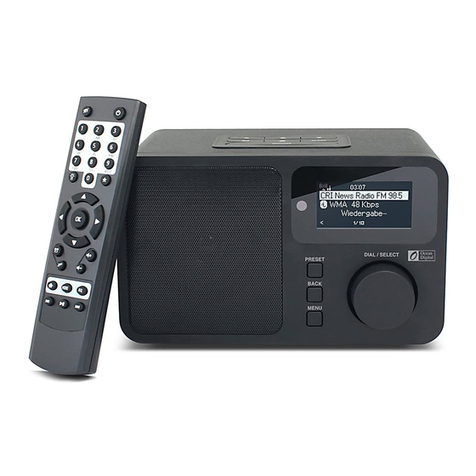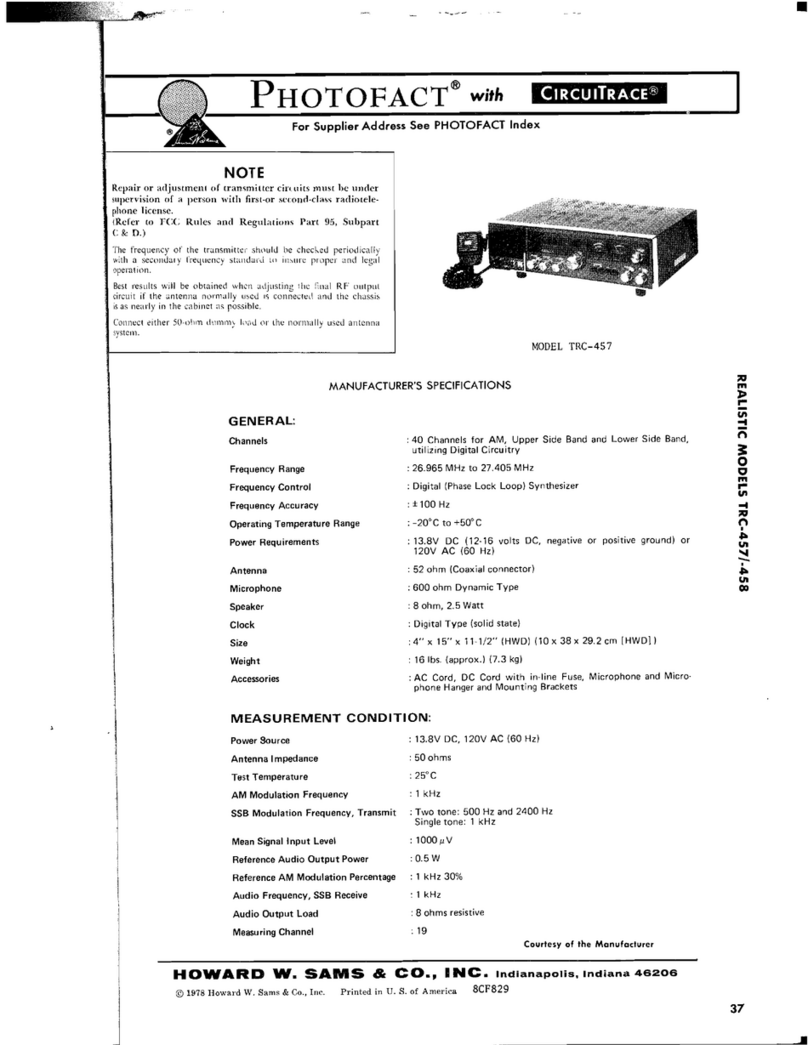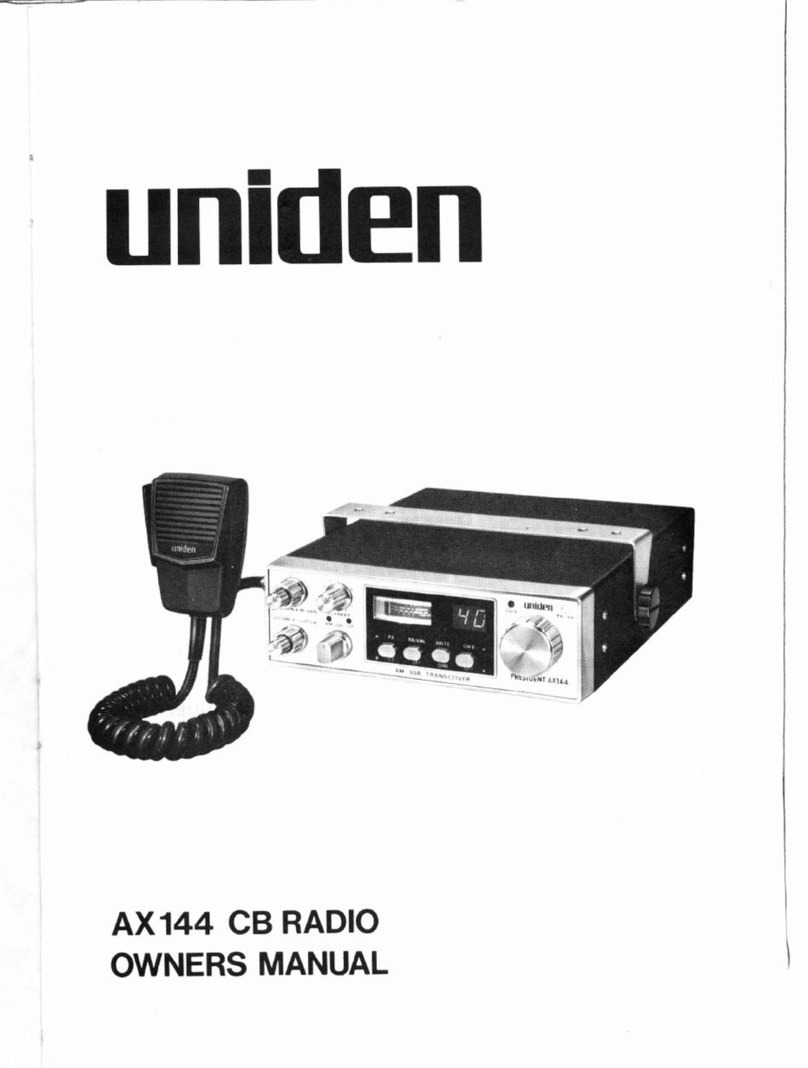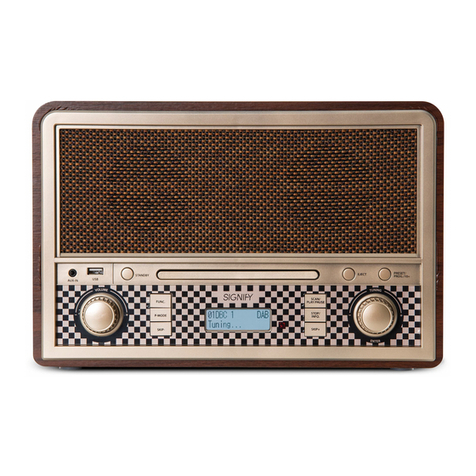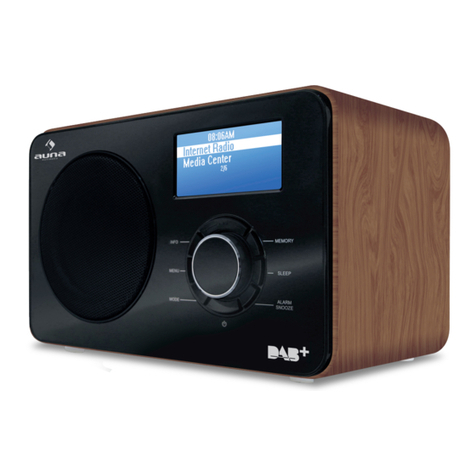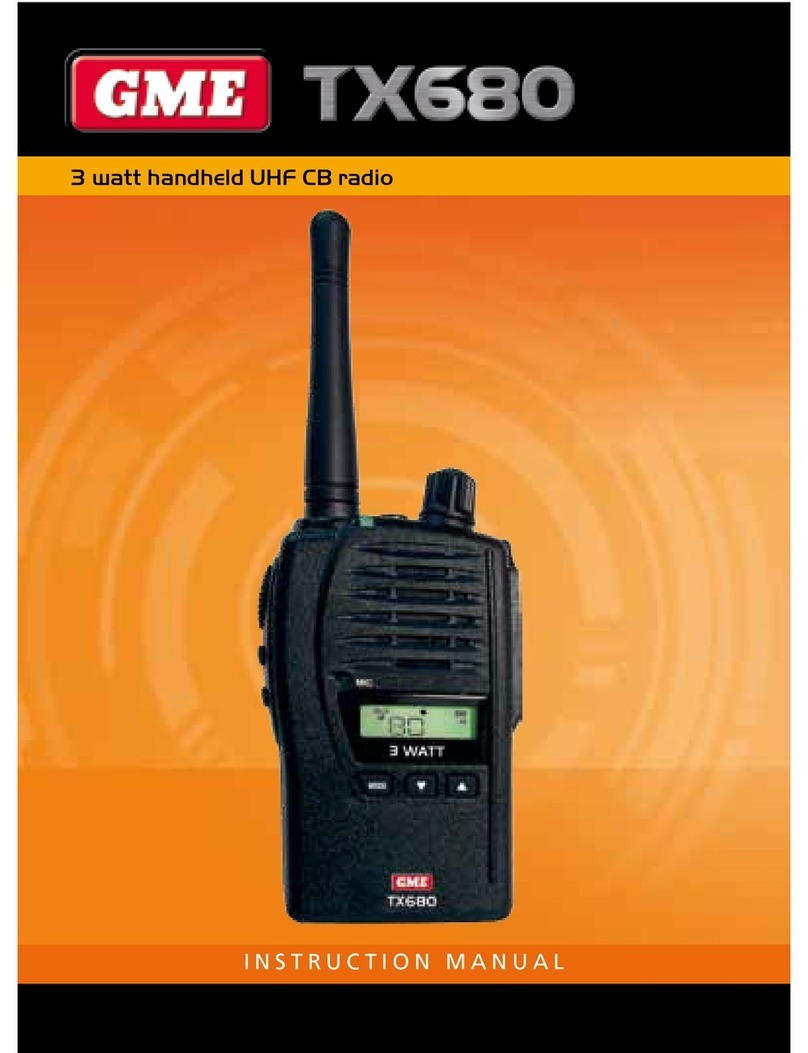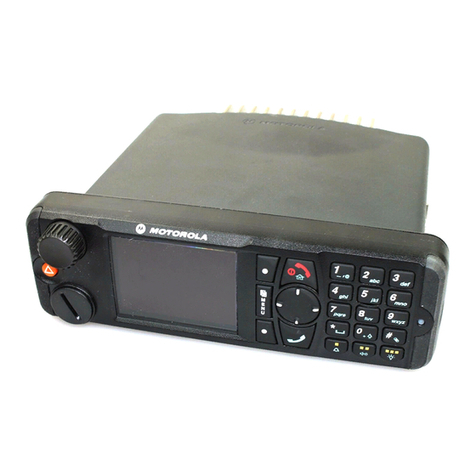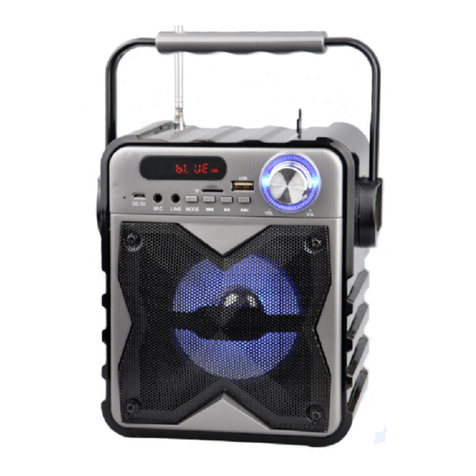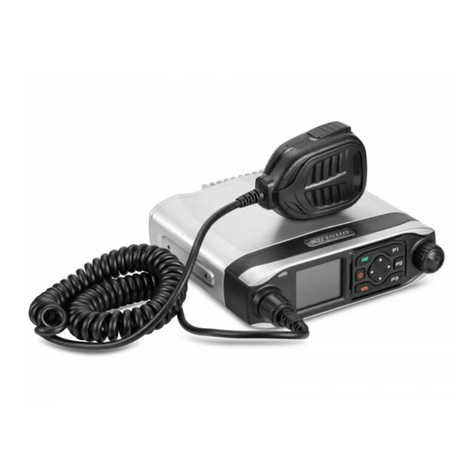
Section Title
ourLINE ........... 3
l-1. Specifications ....................................... 3
l-2. Block Diagram ....................................... 5
l-3. Technical Features................................. 6
l-4. Circuit Explanations.............................. 6
l-5. External View .......................................10
l-6. Internal View..........................................10
l-7. Chassis View ..........................................11
DTSASSEMBLY ......................12
2-1. Rear Cover Removal.................,............ I 2
2-2. Cabinet Removal ..........12
2-3. FrontPanel Removal ...........................13
2-4. Speaker Removal ..........13
2-5. Fm Front End Removal........................14
2-6. A-m I-f Circuit Board Removal .........14
2-7. Fm I-f Block Removal ........................15
2-8. Cp Circuit Board Removal .........'........16
2-g. Bfo Block Removal ..............................17
2-10. Sw Front End Removal ........................17
2-ll. Af. Circuit Board Removal ..................18
2-12. Regulator Circuit Board Removal .....18
2-13. Power Supply Circuit Board
Removal .......................19
2-14. DiaI Cord StringinC .................. ............20
CIRCUIT ADJUSTMENTS ................. ..........22
3-1. Preparation ...................22
3-2. A-m I-fAlignment ..............................22
3-3. Ssb Detector Adjustment ..............'.'.22
3-4. Fm I-f Alignment ..........23
3-5. Muting Level Setting ...........................24
3-6. FM l/FM2 Frequency Coverage
and Tracking Adjustment ..................24
3-7. LWMWSWI Frequency Coverage
and Tracking Adjustment ..................26
3-8. SW2-SWl9 lst I-f Alignment,
Frequency Coverage and
Tracking Adjustment ........................27
TABLE OF CONTENTS
Page Section Title Page
3-9. SW2-SWl9 Frequency Coverage
and Tracking Adjustment ..................28
3-10. Voltage and Current Adjustment ......32
MOI.]NTING AND SCHEMATIC
DTAGRAMS ............................33
4-1. Bfo Block (BFO-1A) ...........................33
4-2. Jack Panel ......................34
4-3. Antenna Terminal ..............................35
44. Fm Front End Block
(FMC-l 38A l ) ( r ) ............ ...............36
4-5. Fm Front End Block
(FMC- l 38A I ) (2) ............ ...............37
4-6. SW2-SWl9 Front End Block
(swc-o1 lDl) (l) ...........................38
4-7. SW2-SWI9 Front End Block
(swc-01 rDl) (2) ...........................40
4-8. FM I-f Block (IF-5A) .......................43
4-9. Am I-f Circuit Board ...........................45
4-10. Cp Circuit Board .................................47
4-l l. Regulator Circuit Board ......................49
4-12. Power Supply Circuit Board ............50
4-13. Af Circuit Board .................................51
4-14. Schematic Diagram .............................. 53
ELECTRJCAL PARTS LIST ............ ............ s 7
E)fLODED VIEW AND PACKING ,........66
6-1. Hardware Nomenclature .....................66
6-2. Exploded View (l) .......................... .. 6'
6-3. Exploded View (2) ..............................69
6-4. Exploded View (3) ........................... ..-l
6-5. Exploded View (4) ......................... --:
6-6. Exploded View (5) ....................... ... -i
6-7. ExplodedView(6) ............................. -t,
6-8. Exploded View (7)
6-9. Packing ........................... -9
v
2-
J


